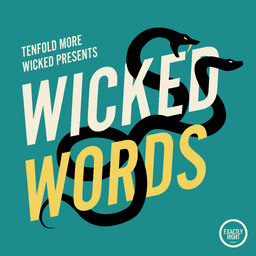Kuper Island is a remarkable podcast, an investigation into one of Canada’s most notorious so called Indian residential schools. Journalist Duncan McCue explores the unsolved death of a student, a tragedy that sheds light on rampant abuse and exposes the trauma of three survivors.
Support this podcast by shopping our latest sponsor deals and promotions at this link: https://bit.ly/4gF2K18
See more information on my books: katewinklerdawson.com
Follow me on social: @tenfoldmore (Twitter) / @wickedwordspod (Facebook) / @tenfoldmorewicked (Instagram)
2025 All Rights Reserved
 Wicked Words - A True Crime Talk Show with Kate Winkler Dawson
Wicked Words - A True Crime Talk Show with Kate Winkler Dawson


